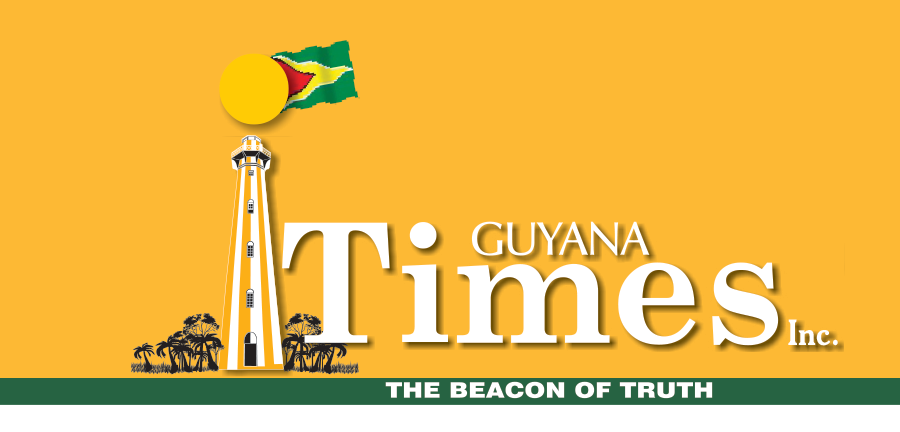– Pres Ali says expanding market access for cash crop farmers a priority
In an effort to expand the access that cash crop farmers have to market spaces, President Dr Irfaan Ali has announced that the Government is considering the introduction of legislation that will compel supermarkets to dedicate shelf space for local produce.
During a recent engagement with cash crop farmers in East Berbice, President Ali discussed various initiatives that will be implemented to support agriculture expansion in Guyana. For instance, President Ali spoke of plans to invest in cold storage and modern packaging facilities.

“We have to build in this region, cold storage facilities to support cash crop farmers, so that their produce will have longer shelf life. We have to invest in modern packaging facilities so that we can have your produce into the supermarkets here and throughout the Caribbean. Just as Massy is bringing in produce from overseas, they have to be able to take our produce and market it to the rest of the region,” the President said.
The Head of State also spoke of considerations for legislation to be brought that would mandate supermarkets to stock local produce in dedicated shelves. While some supermarkets have taken the initiative to dedicate shelves to strictly Guyanese produce, there are many that do not.
“We have to bring specific legislation that mandates supermarkets operating in Guyana, to carry special shelves with produce, agriculture produce and other agro-processing produce produced right here in Guyana.”
“So that when you walk in any supermarket, you can go through shelves in which Guyanese production is showcased and sold. These are the things that will help us expand market, create sustainability,” the Head of State said.
He also referenced a special development fund that would provide vital capital funds to farmers. According to the President, they must explore how such a fund would be used to mitigate risks to the farmers, through co-investment mechanisms.
“Sometimes farmers are halfway into the second crop, and now receiving payments for the first crop. So that is why we have to find this partnership. We have to find this partnership between the sector and the Government.”
“To ensure that we create the mechanism. I speak about co-financing. I speak about a special development fund. But in a partnership- remember the word is partnership. What is the most important element in partnership? Trust,” the President further said.
Among the initiatives that the President had recently announced, was a fertiliser support initiative for farmers. In cases where they have 30 acres of land, they could also opt to receive the cash equivalent of the fertiliser.
According to the Head of State, the initiative will target farmers across various communities in the region, grouping them together to provide access to financial facilities and equip them with resources such as machinery. The aim is to enable them to take charge of critical services, including drainage and irrigation.
Key to all of these initiatives, however, is the new Hope-like Canal project in Region Five – an investment of about $18.4 billion. Also known as high level canals, this facility will be built to drain excess water from the land especially where farms are located to avoid flooding.
Additionally, replicas of the Hope Canal, located at Hope Village/Dochfour on the East Coast of Demerara (ECD) are being built in Region Six (East Berbice/Corentyne) and Region Three (Essequibo Islands-West Demerara).
The Hope Canal, or Northern Relief Channel, is a multi-component channel that allows excess water from the East Demerara Water Conservancy (EDWC) to be drained into the Atlantic Ocean via an eight-door sluice, so as to avoid overflowing and possible flooding.
That canal, which cost some $3.6 billion, was conceptualised under the then Bharrat Jagdeo-led People’s Progressive Party/Civic (PPP/C) Government, and was constructed following the 2005 floods.
At the time, excessive rainfall, compounded by a breach in the embankment, had resulted in Regions Four (Demerara-Mahaica) and Five experiencing massive flooding, causing significant damage to agricultural and residential areas. After several delays, the Hope Canal project became operational in 2016.
Noting its climate mitigation benefits, the Government wants the project replicated in other regions. As far back as 2021, President Ali had said the Hope Canal was instrumental in preventing massive flooding along the ECD during the unprecedented May-June floods that year.
Discover more from Guyana Times
Subscribe to get the latest posts sent to your email.













